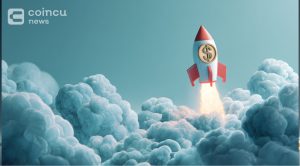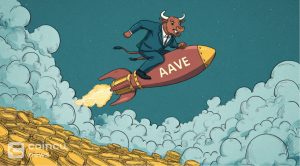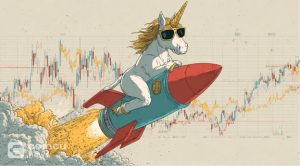Key Points:
- DAOs are well-positioned to take action on a specific mission or product and require capital to get started.
- Hedge funds understand how to raise capital and generate long-term returns for holders.
- A fusion model that combines smart money with the fast-moving culture of startups may be just the solution we need.
Understanding DAOs from a business model perspective is still in its early stages and will require ongoing experimentation to determine the best way to organize and govern us.

One of the biggest challenges is finding a business model that works. The very first DAOs grew out of sharing bank accounts in chat groups. This model may be credible during a bull market, but we have all witnessed poor financial management and a lack of a coherent business model, which can hit a DAO hard in a bear market.
This week, Azeem Khan, Head of Fundraising and Partnerships at Gitcoin and Researcher at BanklessDAO, explores a model that might allow DAOs to thrive: the amalgamation of startups and hedge funds. Like start-ups, DAOs are well-positioned to take action on a specific mission or product and require capital to get started.
Hedge funds understand how to raise capital and generate long-term returns for holders. By effectively managing the DAO’s funds, they will allow the DAO to do what it does best: act together for a common purpose.
A fusion model that combines smart money with the fast-moving culture of startups may be just the solution we need.
Here are some ideas from Azeem:
Most successful DAOs will be the deployment and management of smart money combined with the fast-moving culture of startups.
It’s not that people are afraid to point it out; it’s that they’re just beginning to realize it. Hedge funds and start-ups have traditionally been two very separate entities—hedge funds may even fund start-ups. But in the world of DAOs, capital, and creation are so intertwined that they are like two important departments of the same organization.
The problem is very few DAOs have successfully functioned in this way. Going forward, I believe the most successful DAOs will be run with this model. Bull markets won’t last forever, and decentralizing assets under management to create more runway for projects will be an integral step in allowing DAOs to mature in a crypto-native way.
Early DAOs: Chat groups for shared bank accounts
Many early iterations of DAOs revolved around the idea of using a shared bank account as a bond for discussions. The community came together in Discord and then started figuring out ways to monetize their work to create a treasury. Some of these communities decided to launch native tokens. Maybe these tokens are airdropped to initial community members, and maybe they will be put on the open market for people to buy.
Other communities have conducted NFT sales as a barrier to entry to their Discord chats. Holding tokens is not always necessary to join a community, but it is a method many communities use to create a sense of status, driving the price up and making people want to hold it more. While different in some sense, both native tokens and NFTs allow the DAO to accumulate a certain amount of shared funds that can be used by the community.
Whether native tokens or NFTs, the tokenization of the community has enabled some DAOs to have treasury treasuries worth over $1 billion, which is astounding that a chat group can manage that much money.
The rise of the NFT community
The early iterations of these Internet-native organizations that existed in the form of group chats led to the sale of NFT by DAO, with a quantity of 10,000 PFPs (avatars).
In addition to keeping part of the NFT in the community treasury, many DAOs will also set up their smart contracts; no matter whether the price of NFT rises or falls, they can get royalties through each NFT transaction.
The royalties on some of these DAOs accumulate quickly, allowing well-capitalized organizations to have ongoing income. Moonbirds is a great example of this model, combining fundraising with community building.

Why is this important? Unless the intent of the DAO is to accumulate wealth, build a large treasury, and manage it properly, most of these successful DAOs are in a very interesting position. It doesn’t take long for them to be sitting on eight-figure and nine-figure coffers, but often no one with decision-making power knows what to do with that money.
DAO needs a business model
In the traditional model, if your team or organization wants to raise a large sum of money, you have a comprehensive plan for how that money will be used. This is the most basic. But that’s not the case with DAOs. They sell people startups, concepts of community, and pictures of animals and make a little money in the process.
You might be thinking, what’s so bad about that? When we’re in a bull market, and everyone thinks your NFT or token prices are going to keep going up, there’s really nothing wrong with that. But the reality is not like this; the excitement will always fade.
People have lived in such an excited mood in the past few years. These organizations were not set up to maximize their revenues, nor did they have any business models to guide financial decisions. If they have a coherent business model, it doesn’t matter if they’re in a bear market — they can survive a down market. These DAOs are well-funded to accomplish their goals.
However, many DAO treasuries no longer exist. That’s not to say all DAOs fail. DeFi DAOs like Uniswap, ENS, Gnosis, Lido, Frax, Aave, and a few others are sitting on treasuries worth as much as Jay Z’s net worth if not many times his.
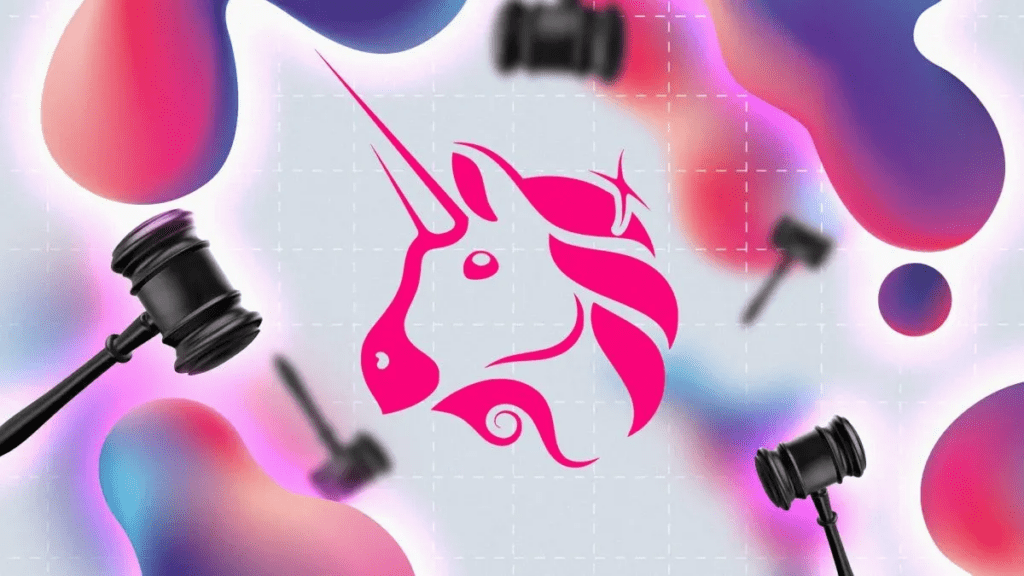
DAOs as Startups
The connection between DAOs and startups is this: a group of people get together around a common mission, come up with an idea, create something to sell, receive money in the process of selling it, and then have a treasury.
The key difference is that startups hold a more stable currency like the U.S. dollar. Let’s say they raise $30 million; once that money is in the bank, a year from now, minus expenses, that side will have more or less the same value. All they need to focus on is making sure they sensibly spend their money.
Startups sitting on cash don’t have to worry about their pile of ETH or other tokens dropping 40% in price in a week or their stablecoins going to zero like UST did last year.
How can you keep a business going for years if you don’t know how much money you’ll have next week? Imagine when Truepill raised $142 million in 2021, they wake up a month later to find that its value has dropped to $60 million. In most cases, this will cause a company to fail. Why would a DAO be any different?
This is the situation that many DAOs have found themselves in over the past year. Their coffers seemed to last forever, but now values are being cut across the board. Could this have been avoided? Maybe not quite, but things could have played out very differently if these DAOs had been joined by more traditional finance people who understand web3.
The DAO as a Hedge Fund
If the treasury and product/community of these DAOs were split into two separate departments, managed by completely different people with different relevant skills, the results could be very different.
In hedge funds, the strategy is to raise large amounts of capital and then work to grow those funds over a period of time. Essentially, they actively manage capital pools with various strategies.
Sometimes they tend to be risk-averse, but often more creative. What they do is buy assets with borrowed money or trade derivatives, trying to beat the market average. With the financial aspects managed in place, the product team can continue to execute the roadmap it has set for its community. This is good for both parties – capital and community.
In the last round of the bull market, DAO missed too many good opportunities. The massive treasury has been reduced to almost nothing, and the prices of all DAO native tokens have dropped across the board. Liquidity is also low, so trying to sell large amounts of these tokens won’t even succeed, meaning the amount in the treasury is misleading, as any massive sale would crash the token price.
Then there are NFT projects, whose sales volume has decreased, the floor price has decreased, and the price of ETH has fallen to its all-time high. On top of that, the global recession could push things even further.
Imagine if someone in one of these DAOs had a clear strategy instead of just looking at the numbers and being able to think about what to do with the ETH in the treasury. If they’re trying to do something like financial diversification to ensure they hold more than just their native token or Ethereum.
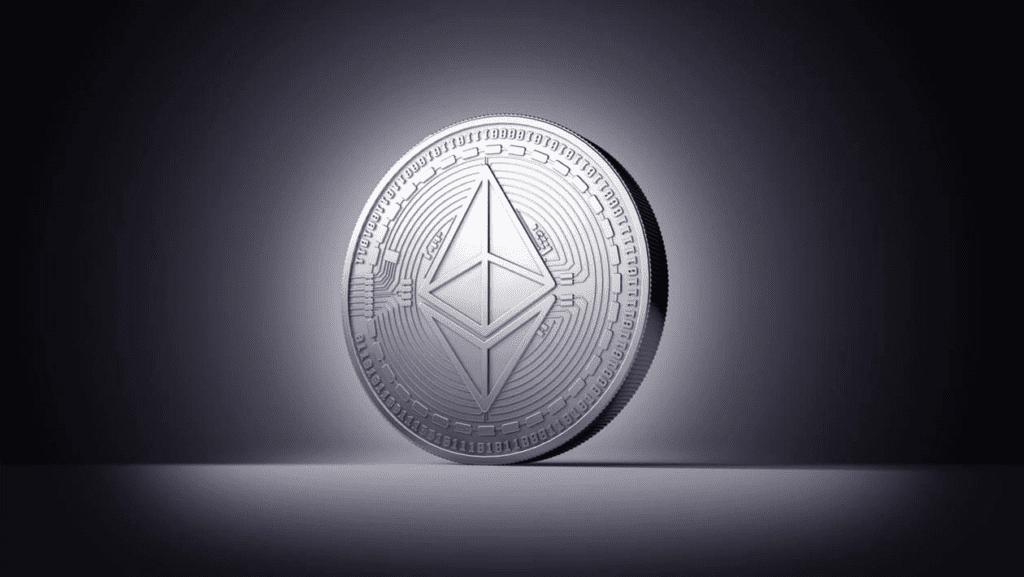
Maybe they’ll swap some of those holdings for stablecoins to maximize capital utilization based on them. Financial management doesn’t have to involve token swaps — managing the pressure to buy and sell tokens is possible with adequate planning.
Companies are trying to do this. It’s just that most of them are unsuccessful because they get too caught up in the excitement. Other times, these organizations don’t even think about managing their money, which leads to where we are now.
One of the more exciting ideas might be to go the M&A route. What if major voting rights in DAOs started being acquired in strategic ways? Even tokens and NFTs that aren’t tied to equity don’t preclude you from raising strategic capital later on, which is an amazing concept.
Once you’ve found a market fit for your product, you can later sell an equity stake in the company to a strategic partner — like a gaming company that later decides to only take money from Epic Games and Sony. It’s a fascinating thought experiment, to say the least. The possibilities are endless, which is why, in the future, the smartest and most complete DAOs will be built on these business models.
Specialized capital to help communities
It all makes sense in hindsight, but it’s hard not to be driven by wild emotions in a bull market.
In the future, DAO divisions will be separated like other industries today. Finance professionals from the traditional world interested in web3 will show up and suggest how to maintain or increase funding to give the DAO more room to run.
The technical team building the product will work independently, free from financial worries. But these teams will work together in sync on the same goal, which will spark an unprecedented convergence of startups and hedge funds within the same organization.
This future is going to really shake things up.
DISCLAIMER: The Information on this website is provided as general market commentary and does not constitute investment advice. We encourage you to do your own research before investing.
Join us to keep track of news: https://linktr.ee/coincu
Harold
Coincu News








